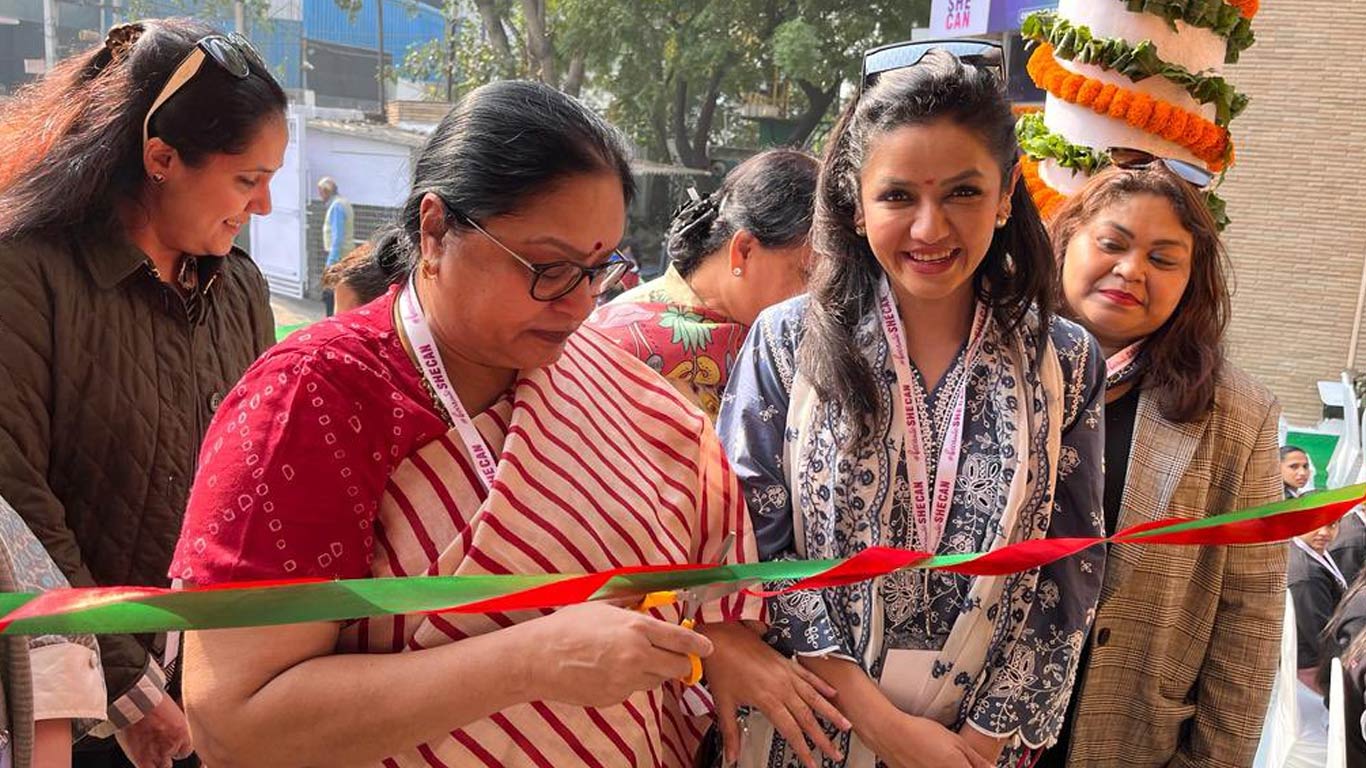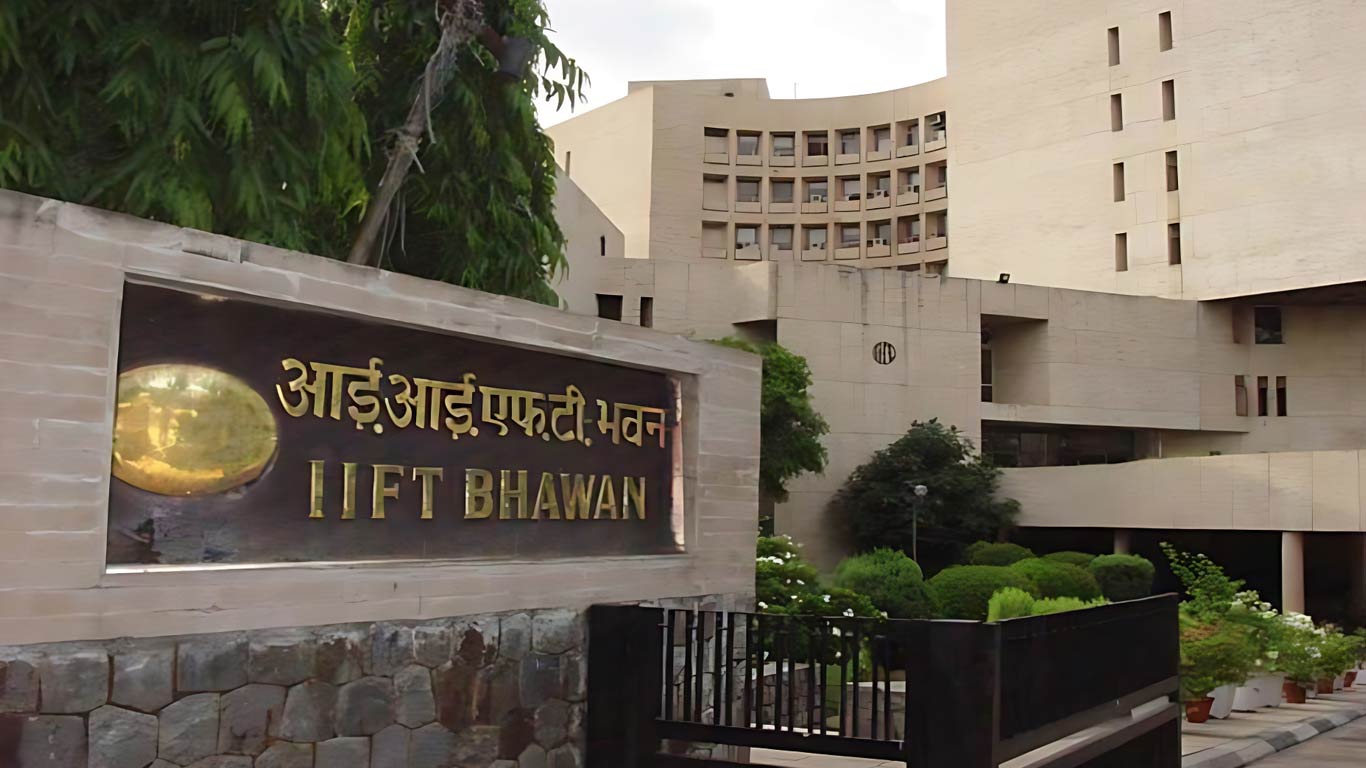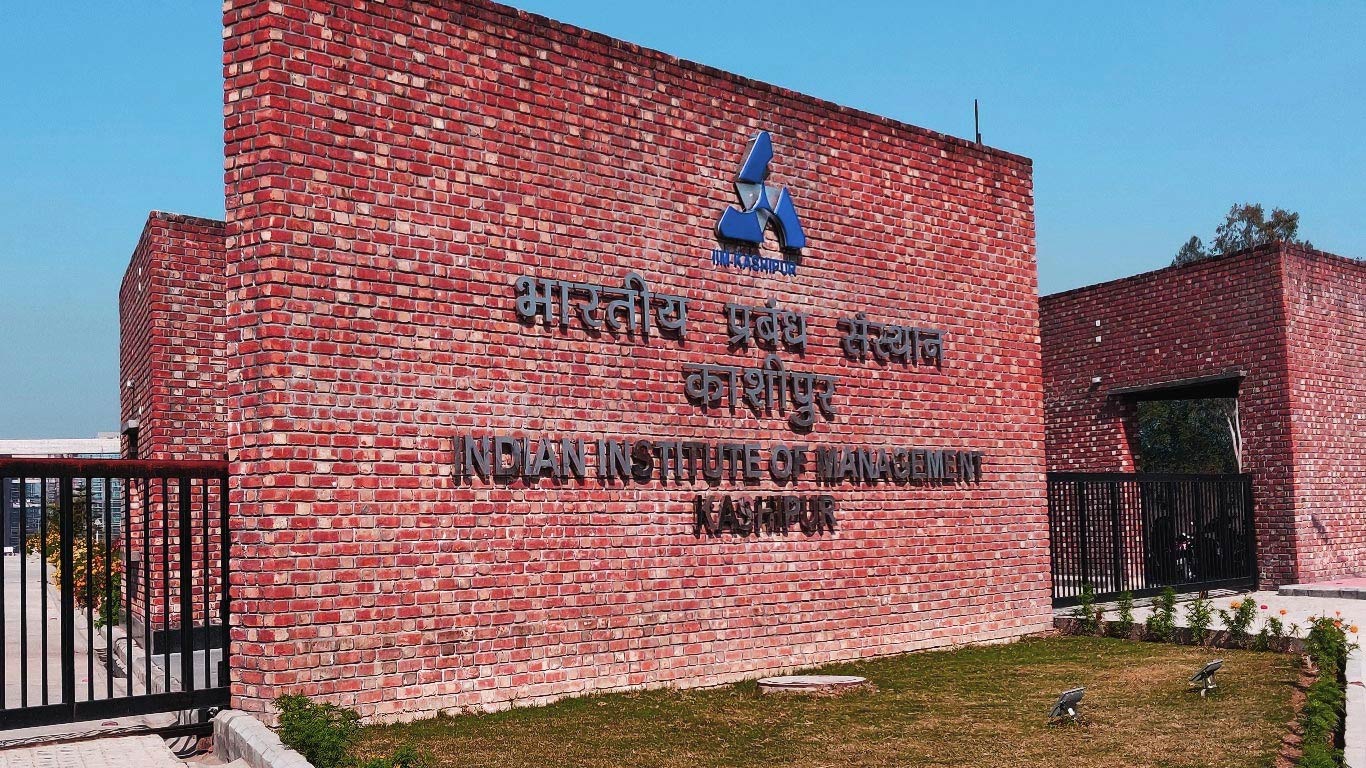Cost push in farm sector among key reasons for persistent inflation: RBI Exec Director
Updated: Jan 14, 2014 04:21:16pm

RBI Executive Director, Deepak Mohanty recently delivered a lecture on the persistent food inflation. Excerpts are given below:
“…Another factor is the cost of cultivation. The prices of various inputs have gone up. The cost of fuel and fertilisers has gone up because of high international oil prices combined with exchange rate depreciation. The dominant part of the cost of cultivation is labour. This is particularly so in our set up with the preponderance of small holdings, which are less amenable to mechanisation. Agricultural wages have shown a sustained increase since the mid-2000s. Even after accounting for inflation, real wage increase has been significantly positive. Non-agricultural wages too have shown similar increases in rural areas.
There are several explanations why rural wages have increased. One explanation is that socially inclusive public policy such as Mahatma Gandhi National Rural Employment Guarantee Act (MGNREGA) has set a floor to rural wages and increased the bargaining power of the work force. It is not to argue that rural wage increase is not desirable as real wages remained stagnant for quite some time. Admittedly, when GDP was rising faster, real wage increase could be somewhat benign, but real wage increase continued to remain significant even as GDP growth decelerated.
As students of economics you know very well that the increase in wages if not commensurate with productivity gains could be inflationary. Our food economy experienced a cost shock, which was reinforced by sustained wage increases buttressing demand. As supply did not increase commensurately, prices rose at a more than desirable level. While stylised facts may point towards the above conjecture, as economists you could test this formally in different ways. I attempted a simple structural vector auto regression (SVAR) of three variables of food price, material input price and rural wages with rainfall as an exogenous control variable. The results show that material input cost has a sharp positive impact on food inflation. Similarly wages have a significant positive impact. However, the impact of wages is gradual, but more persistent than material cost. Now let me turn to the role of monetary policy.
How should monetary policy respond to food inflation? From textbooks we learn that monetary policy should look through supply shocks such as a food price increase. But from experience we know that if the supply shock is persistent and becomes structural it will be a mistake for policy not to respond to it. For example, many central banks accommodated the oil price shock of the 1970s judging it to be a temporary supply shock. This was a major factor in subsequent worldwide inflation. The actual policy decision, however, may not be as simple and straightforward as that.
Another layer of complexity is added to this process by the state of inflation expectations in the economy. If inflation expectations are low and well anchored, the inflationary impact of a supply shock may turn out to be transitory; this is because wages normally do not react to such inflation. However, if inflation expectations are high and not so well anchored even a temporary supply shock could have an adverse impact on expectations and hence the medium-term inflation outcome.
The broad consensus in policy analysis is that while one could look through the first round direct impact of supply shock induced inflation, policy should respond to the second round effects so that the inflation process does not get generalised. “…the direct role of monetary policy in combating food price pressures is limited, but in the face of sustained high food inflation, monetary action may still be warranted to anchor inflation expectations.”
To sum up, the nature and composition of food inflation has changed in the recent years. As per capita income has increased the demand for food has shifted towards protein, fruits and vegetables. As supply response has not been adequate, there have been price pressures. In addition, the agricultural sector experienced cost-push both in terms of increasing price of material inputs and labour.” (KNN/PC)











